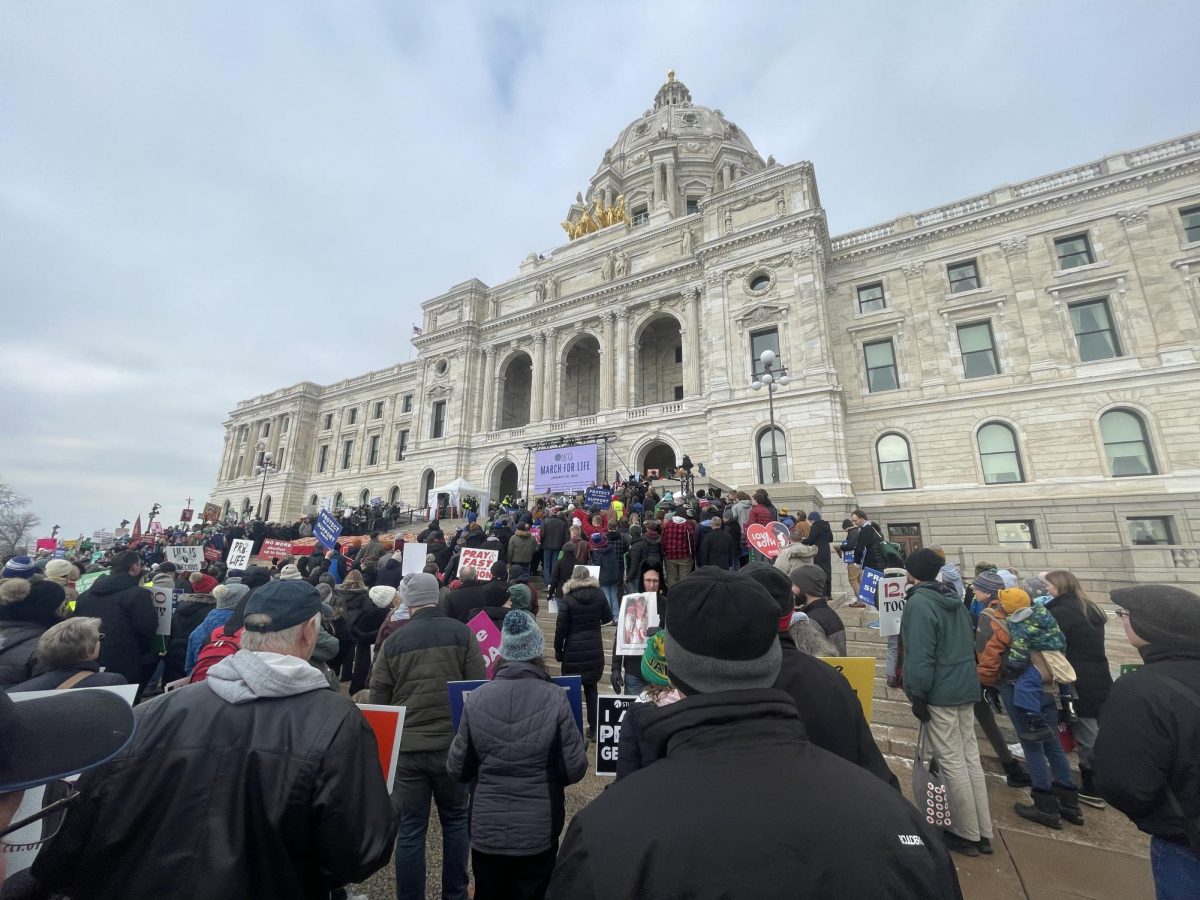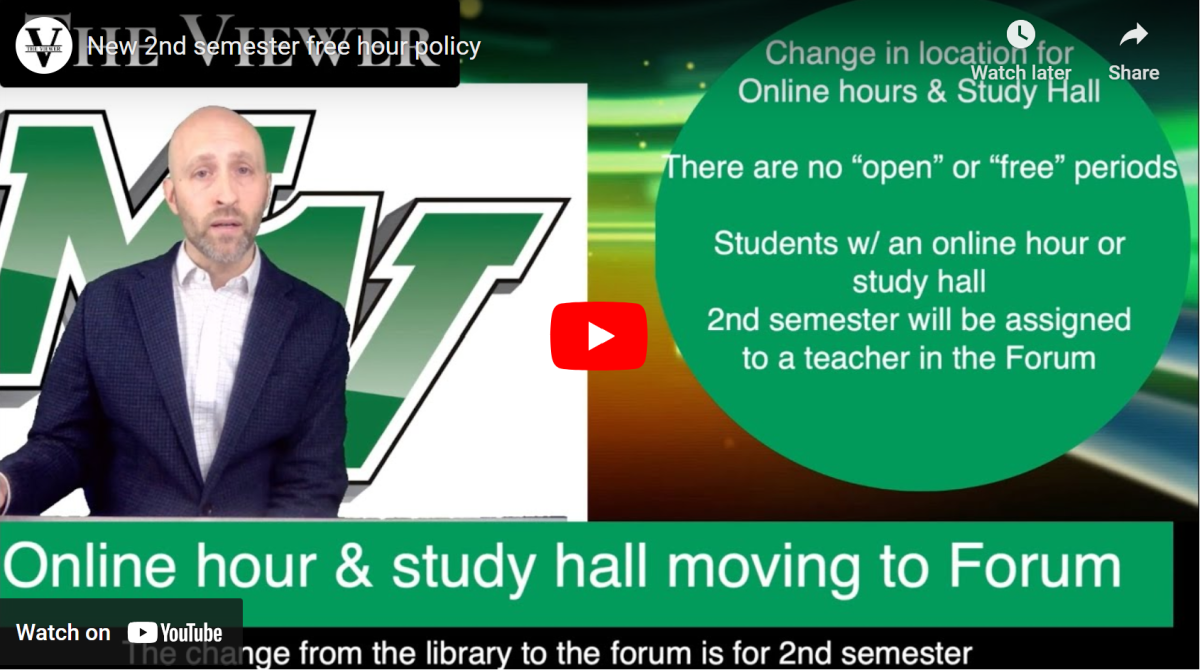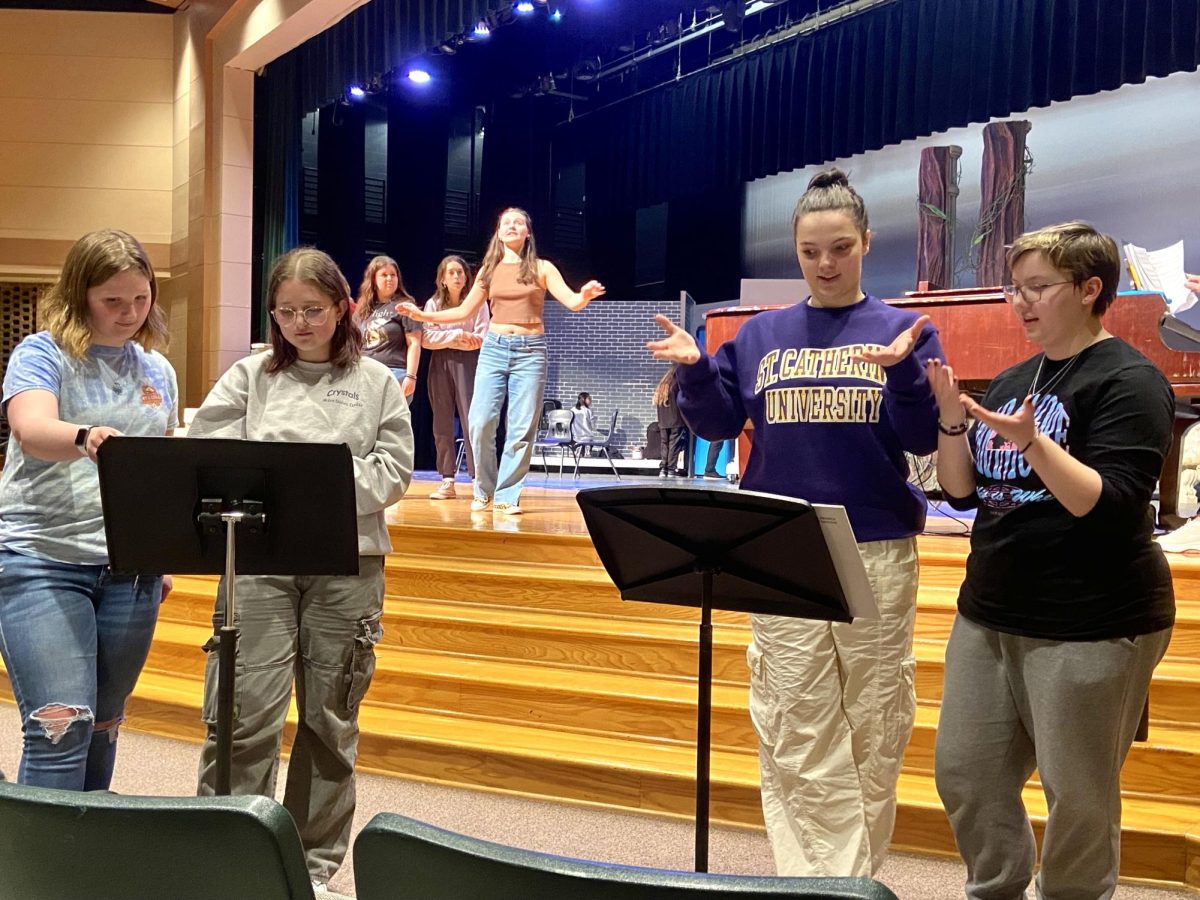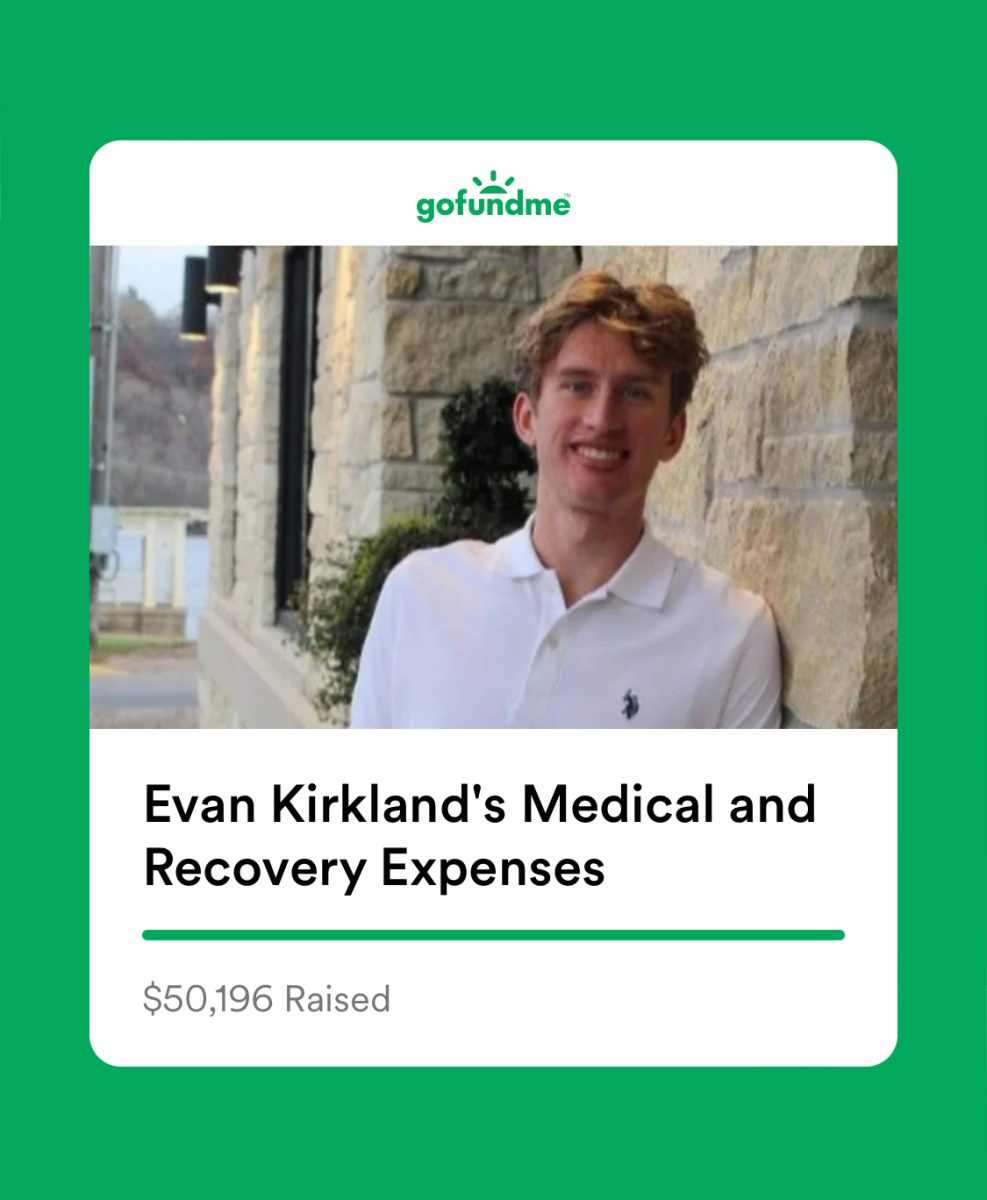Prior to the 2022-23 school year, school-provided lunch and breakfast were free to all students at Mounds View High School. This was due to a COVID-era funding policy that worked to ensure that all children were provided with nutritious and filling meals in the wake of a seemingly never-ending recession. As post-COVID inflation began to rise, and supply-chain interruptions increased the price of providing school lunches, many argued that the policy was no longer sustainable. Consequently, free lunch for all students was cut this school year.
Now, students who do not qualify for free or reduced lunch must pay $2.95 for lunch and $1.65 for breakfast. While this is a seemingly meager amount to ask for a school lunch and is typically affordable for most families, the cost of school lunches and breakfasts can start to add up. For example, a family with two kids who purchase breakfast and lunch at school every day can expect to pay around $1,656 in a 180-day school year. Even for a family with a higher household income, the cost of school lunch can take a financial toll.
To guarantee that low-income students are provided with the same nutritious meals as their more well-off peers, the National School Lunch Program (NSLP) provides low-cost and free meals that meet federal nutrition requirements to disadvantaged children.
These discounts, however, often have strict requirements that prevent many disadvantaged students from benefiting. To qualify for reduced-price lunches, or a lunch that cannot cost more than 40 cents, a child’s family income must be below 185% of the poverty line according to the NSLP. This means that a child’s household income must be less than $51,337 for a family of four according to data from the Department of Health and Human Services. Qualifying for free lunch is even more difficult — a child’s household income must be below 130% of the poverty line, or less than $36,075 for a family of four. These strict requirements ignore the fact that families who are above 185% of the poverty line can still deal with immense financial hardship, especially in the wake of impending inflation.
Furthermore, applying for free or reduced lunch is often a lengthy and complicated process. Filling out an application at Mounds View involves verifying the income of each household member, including students, and any other income that a family might receive, such as welfare or child support. Parents often lack the time to fill out free and reduced lunch applications, and immigrant parents might not speak English or may have trouble navigating the application system.
Cutting “free lunch for all” programs also ignores the fact that children can end up without a lunch regardless of family income. Sometimes it is because a busy parent forgot to pack their child a lunch or did not have time to go grocery shopping the night before. Other times it is because a child forgot to bring lunch money or their parents forgot to check their account balance. Nevertheless, a hungry child is a distracted child. According to No Kid Hungry, a nonprofit organization dedicated to easing child hunger, hungry students are more likely to do worse on standardized tests, be suspended from school and repeat a grade. This is attributed to the fact that hunger diminishes academic performance, concentration and motivation in children. Providing free school meals to all students would ensure that all students have a chance to succeed in the academic sphere.
Importantly, free lunch for all students would help to ease more than just economic disparities between students. Often, the stigma that is associated with free and reduced lunch is enough to discourage many qualifying students from partaking in the program. In fact, according to the Ford Foundation, one in three eligible New York City public school students chooses to skip lunch to avoid the shame that comes with identifying as a low-income kid. Providing free lunches to all students would “level the playing field,” removing the embarrassment that comes with being labeled as a free or reduced lunch recipient.
Often, schools opt to segregate free and reduced lunch recipients from the rest of the student body. Some schools have a separate line for discounted lunch, and in other cases, a separate location to receive discounted lunches. According to Senator Tina Smith, some school districts may also put stickers and pins on students who have lunch debt so that parents realize that they need to pay their lunch bill. Moreover, students with lunch debt may even receive a different lunch altogether. Kokomo High School in Indiana, for example, began serving bread and cheese “sandwiches of shame” to students with more than $25 in lunch debt. A bread and cheese “sandwich” cannot realistically satisfy the hunger of a high school student — not to mention federal nutrition guidelines — and only further singles out children whose parents cannot afford to pay off their lunch debt.
Yet, things seem to be looking up for free-lunch activists around the U.S. The No Shame at School Act seeks to outlaw shaming students with outstanding lunch debt. The proposed bill would address the concerns of Senator Tina Smith, banning any practice that labels a student as a lunch debtor and also prohibiting schools from selling the debt to debt collection agencies who might harass families for payment.
Minnesota is also looking to ban providing “sandwiches of shame” to students with lunch debt. The Minnesota Department of Education announced on Nov. 18 that school districts must provide all students with the same meals regardless of lunch debt status. This mandate guarantees that all students have access to nutritious, filling meals, and it prevents students with lunch debt from feeling isolated from their peers.
While these policies seek to eradicate the stigma of lunch debt, they are often difficult to enforce. A survey conducted by Mid-Minnesota Legal Aid, an organization that advocated for anti-lunch shaming legislation, found that out of 330 Minnesota school districts, 124 had violated the new statute. This proves that anti-lunch shaming legislation cannot be the only response to lunch-debt discrimination.
The best way to fight hunger in American schools is to adopt a program that guarantees free school lunch for all students, regardless of family income. Sweden, for example, provided free lunch to all primary school students from 1959 to 1969, and found that pupils had significantly higher lifetime outcomes. According to a VoxEU report, students who participated in the program had lifetime incomes that were 3% greater than students who did not participate. This effect was even more pronounced in students who came from lower-income families.
First-world countries are not the only countries that have seen benefits from free lunch programs. India provides 120 million children with their free lunch program according to TheWorld, a public radio network, with many of these kids receiving their only meal of the day at school. Furthermore, according to TheWorld, India feeds four times as many children than the U.S. through their free lunch program, spending seven times less as well. This proves that providing free lunch to all students can be achieved without splurging.
While providing free lunches to all students is undoubtedly a costly investment, and would cost the United States Department of Agriculture approximately $11 billion more according to WBUR, a public radio network operated by Boston University, it is surely a worthwhile investment, because one simply cannot put a price tag on ending child hunger.



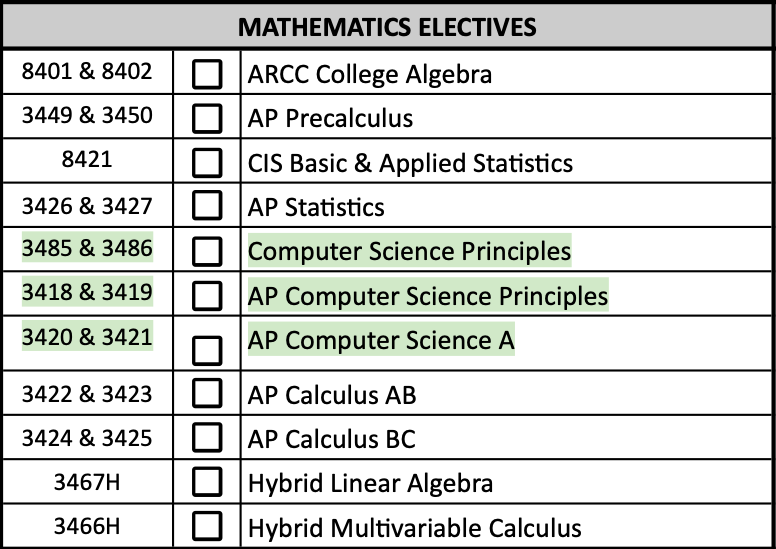

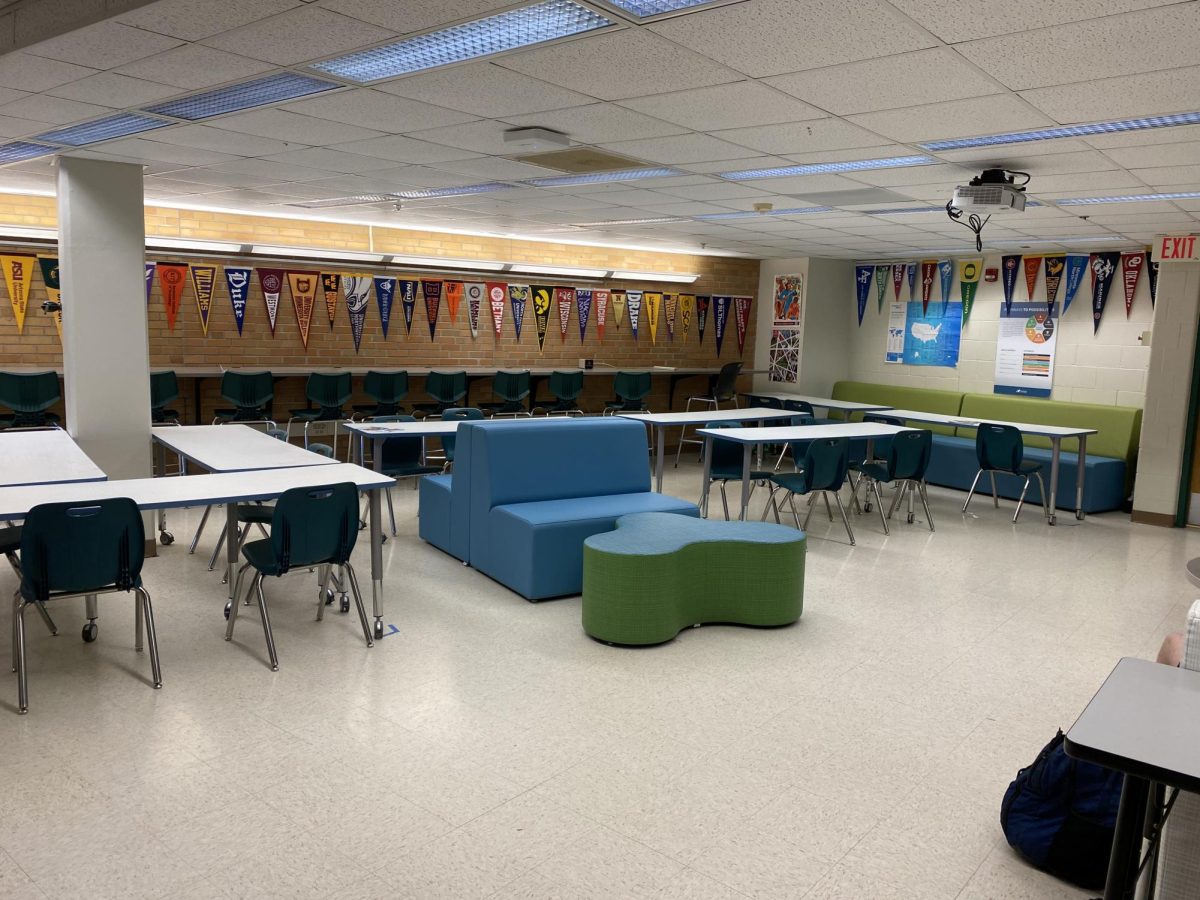
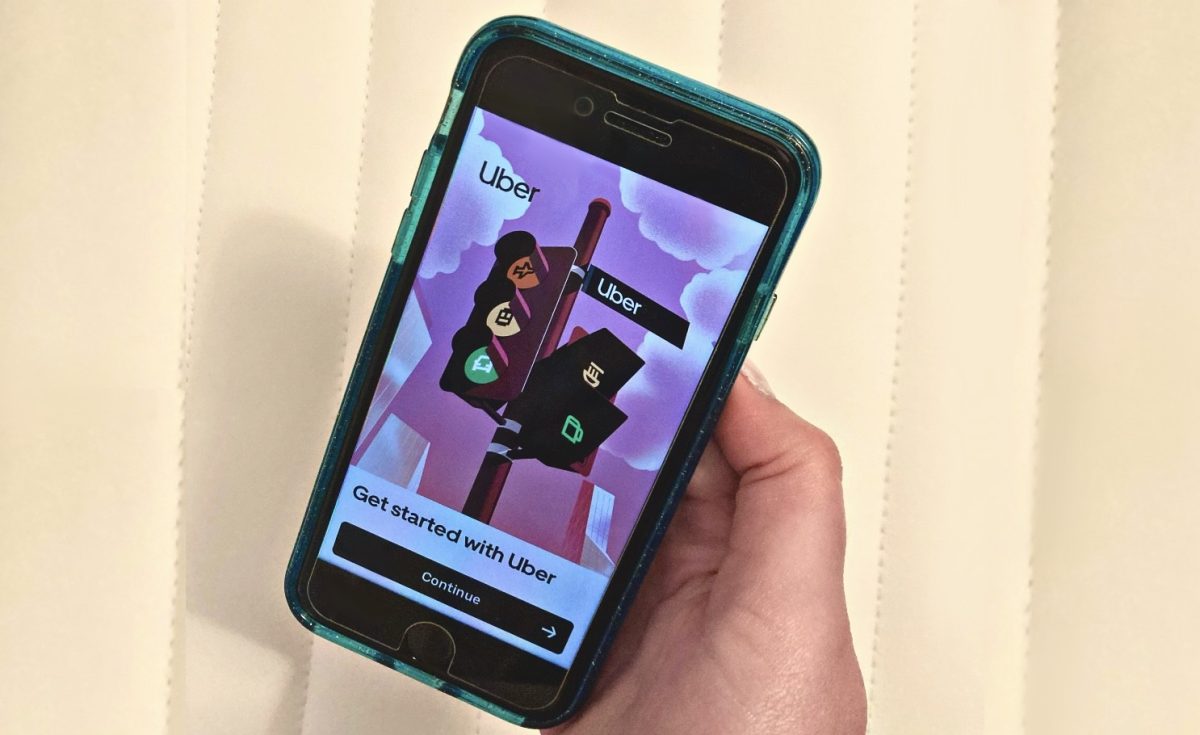


![[OPINION] New Voices Passes in MN… finally](https://www.mvviewer.org/wp-content/uploads/2024/05/new-voices-1200x982.png)
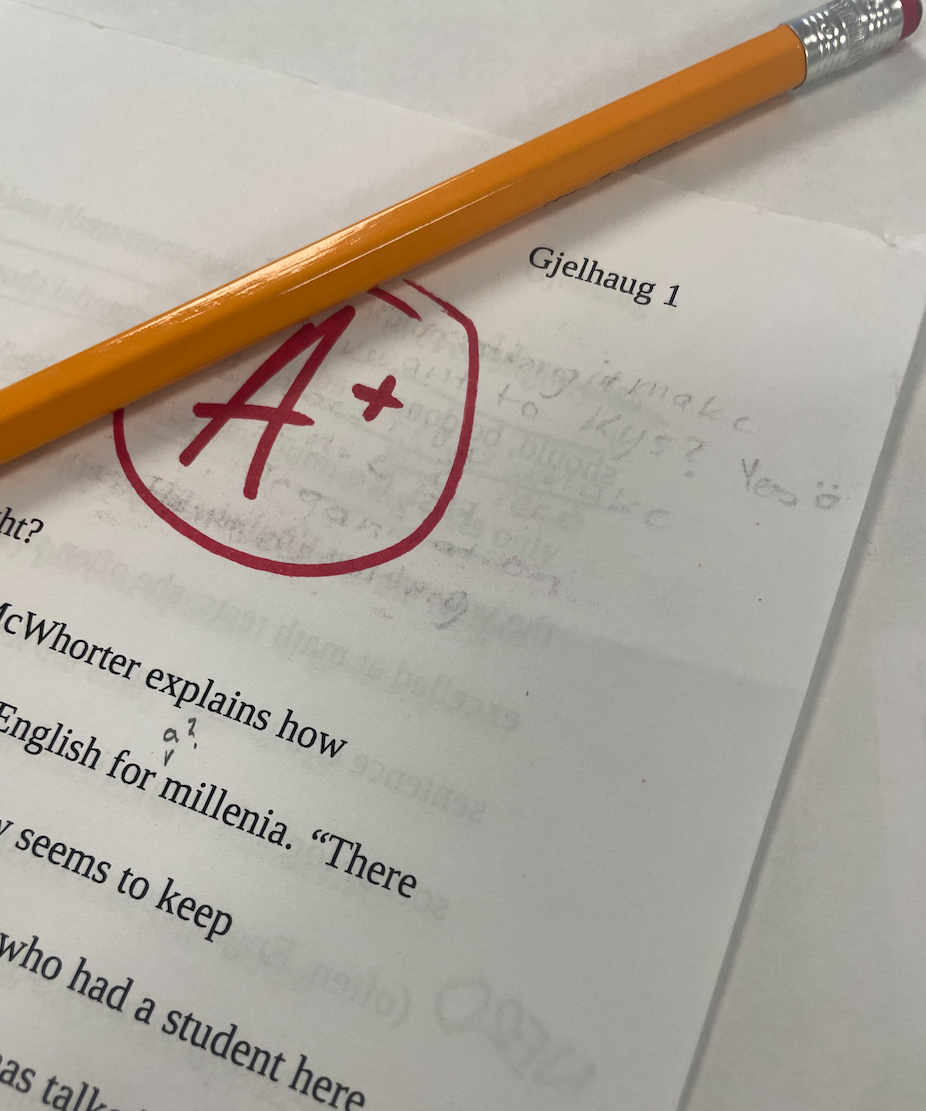
![[OPINION] Tradwife trends exclude women of color](https://www.mvviewer.org/wp-content/uploads/2024/04/Untitled184-1200x873.jpg)



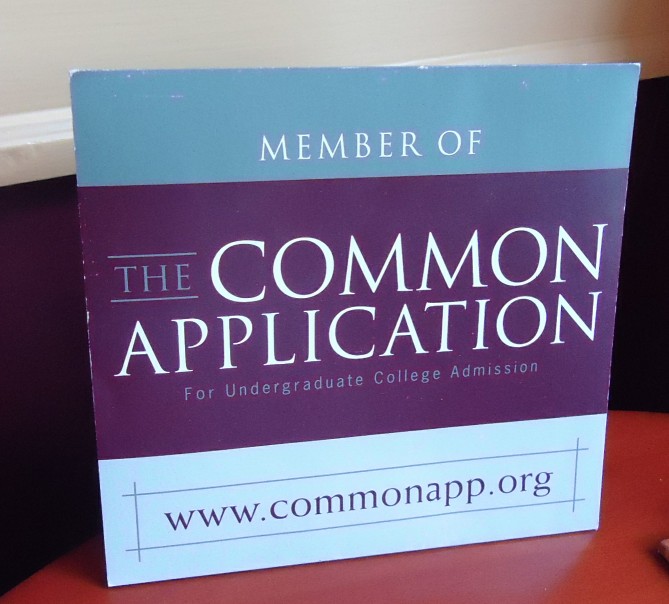
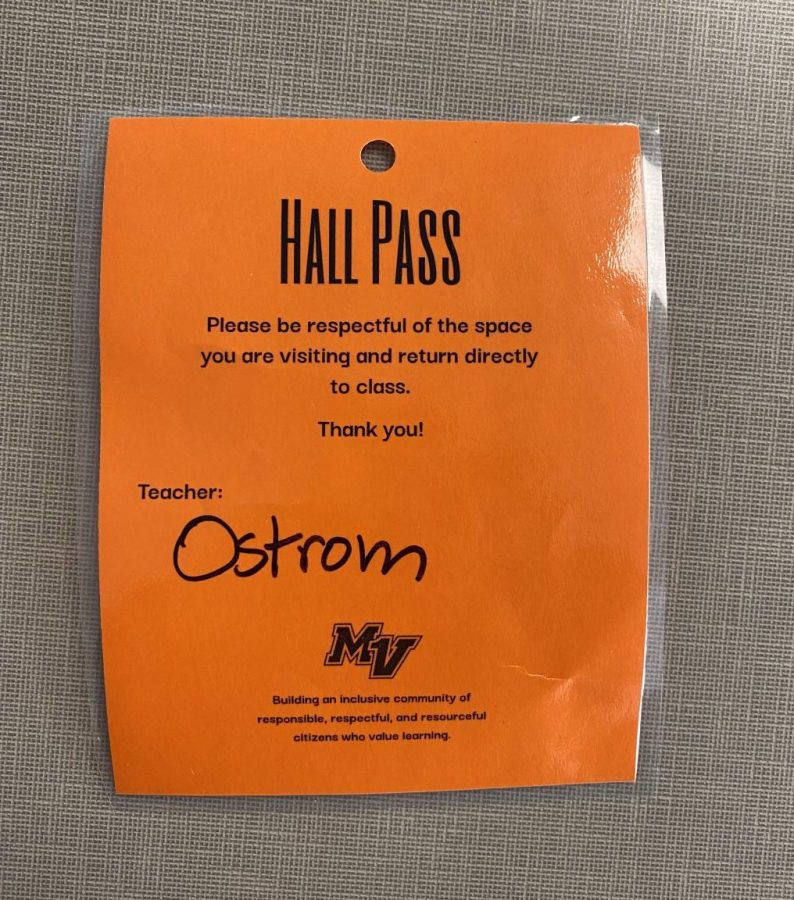
![[DEBATE] Should advanced classes be eliminated?](https://www.mvviewer.org/wp-content/uploads/2024/01/Untitled161-2-1200x796.png)
![[DEBATE] What’s better? Coed vs single-gender schools](https://www.mvviewer.org/wp-content/uploads/2023/12/Untitled153_20231215153759-1-1200x405.png)
![[DEBATE] Should legacy admissions still exist?](https://www.mvviewer.org/wp-content/uploads/2023/12/IMG_1460-1200x1200.jpg)




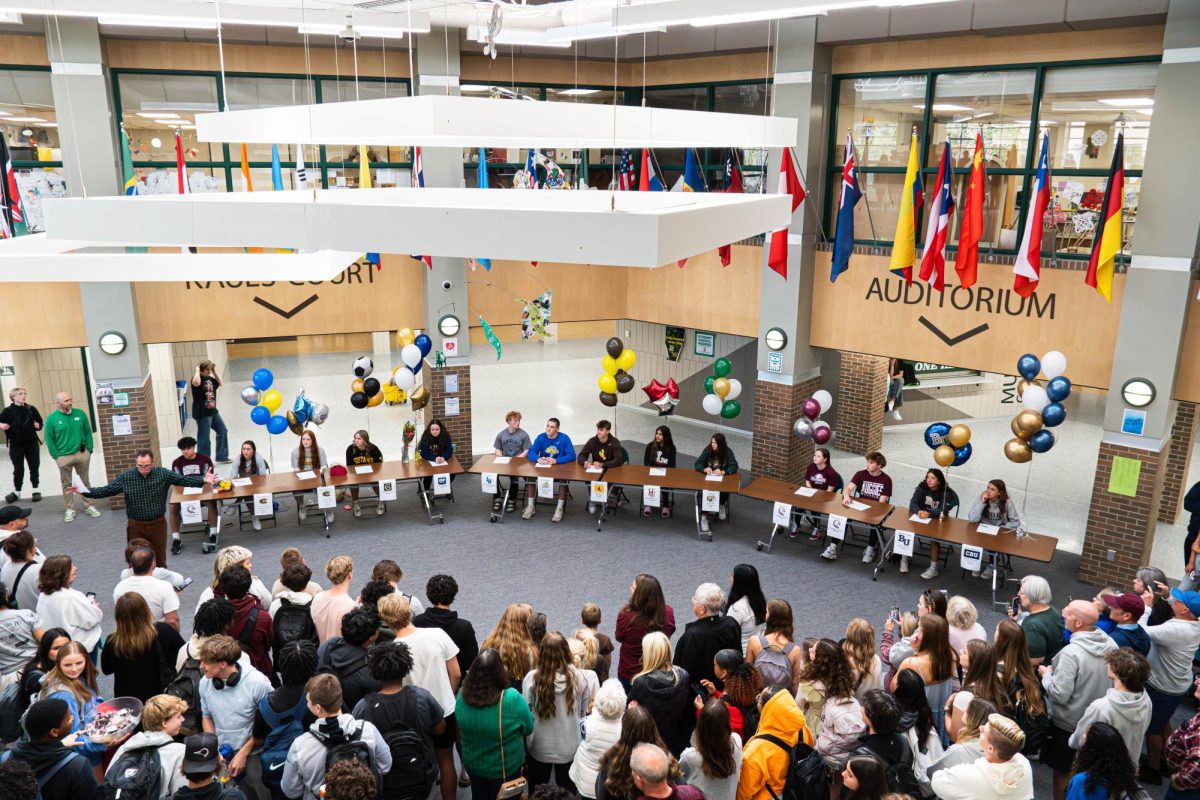







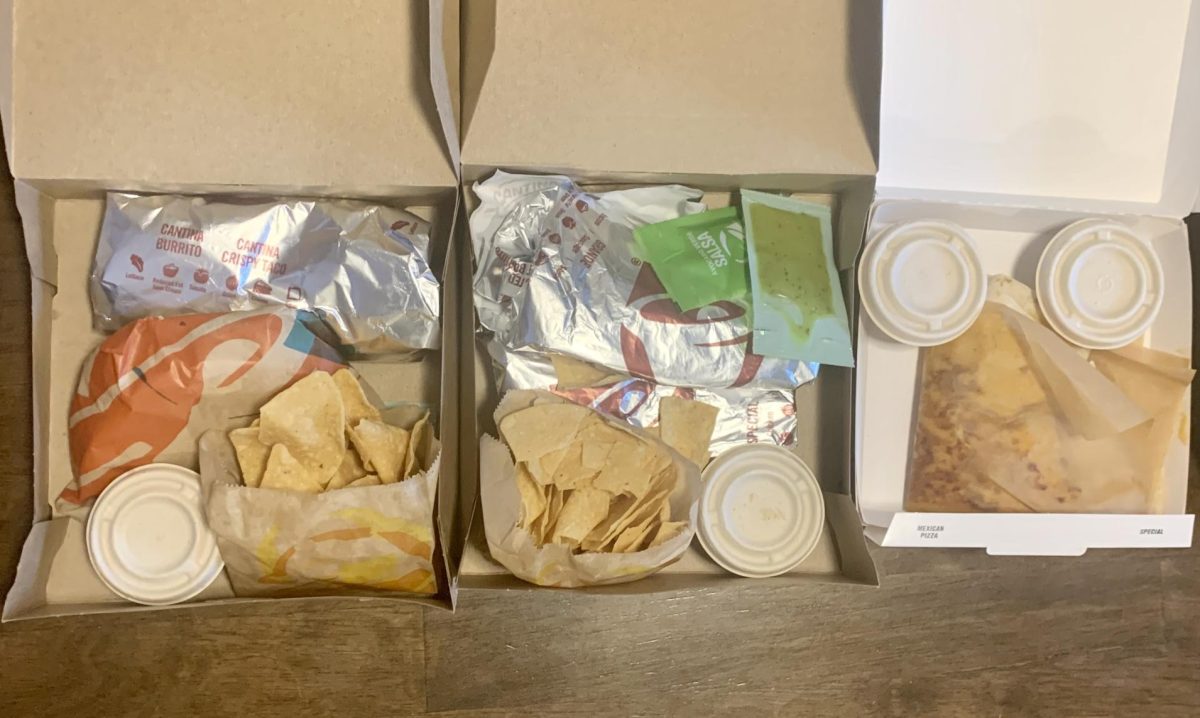









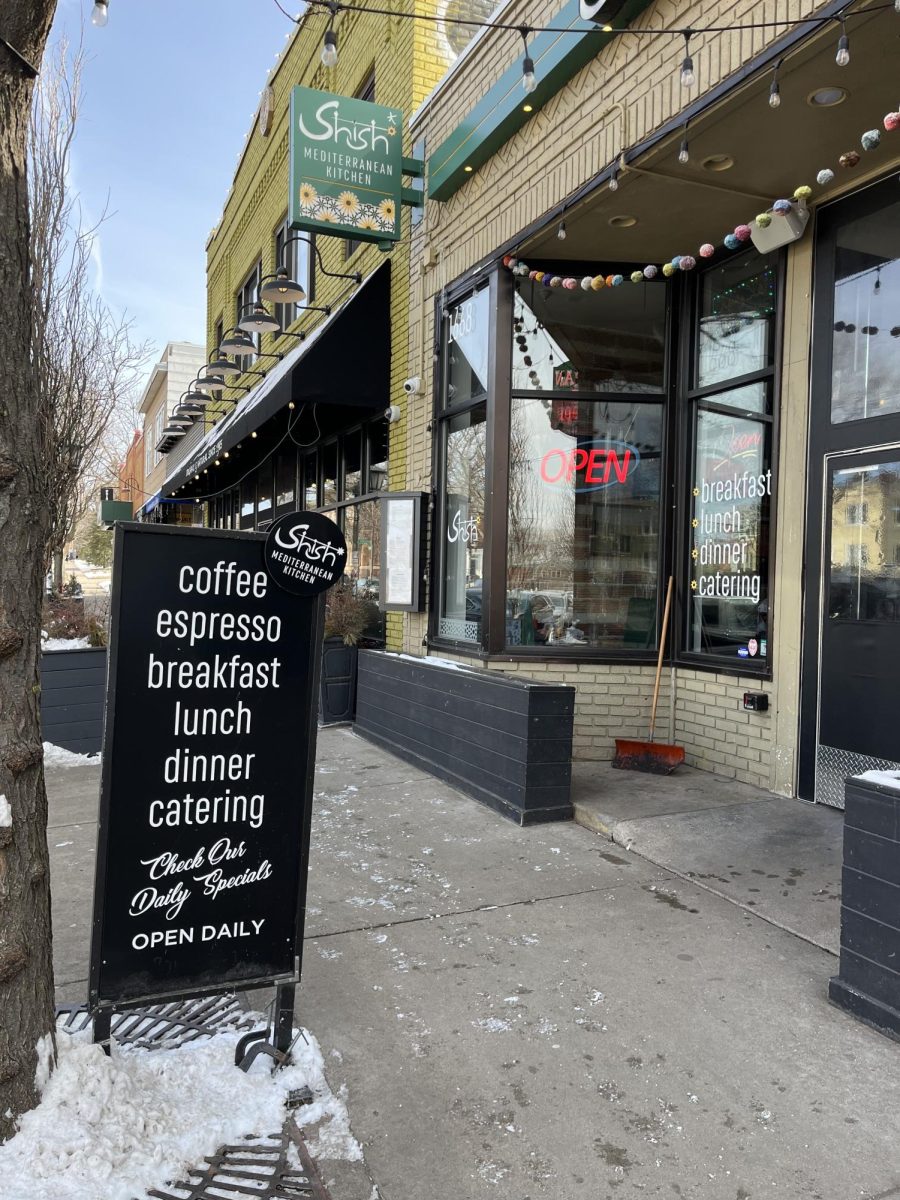
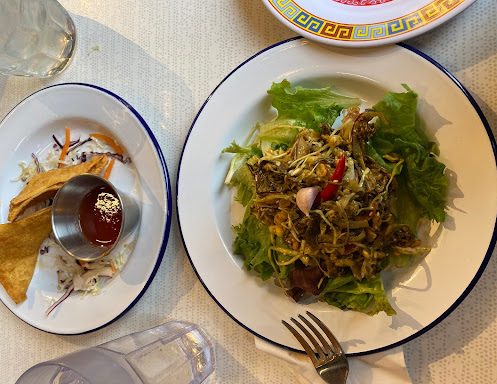





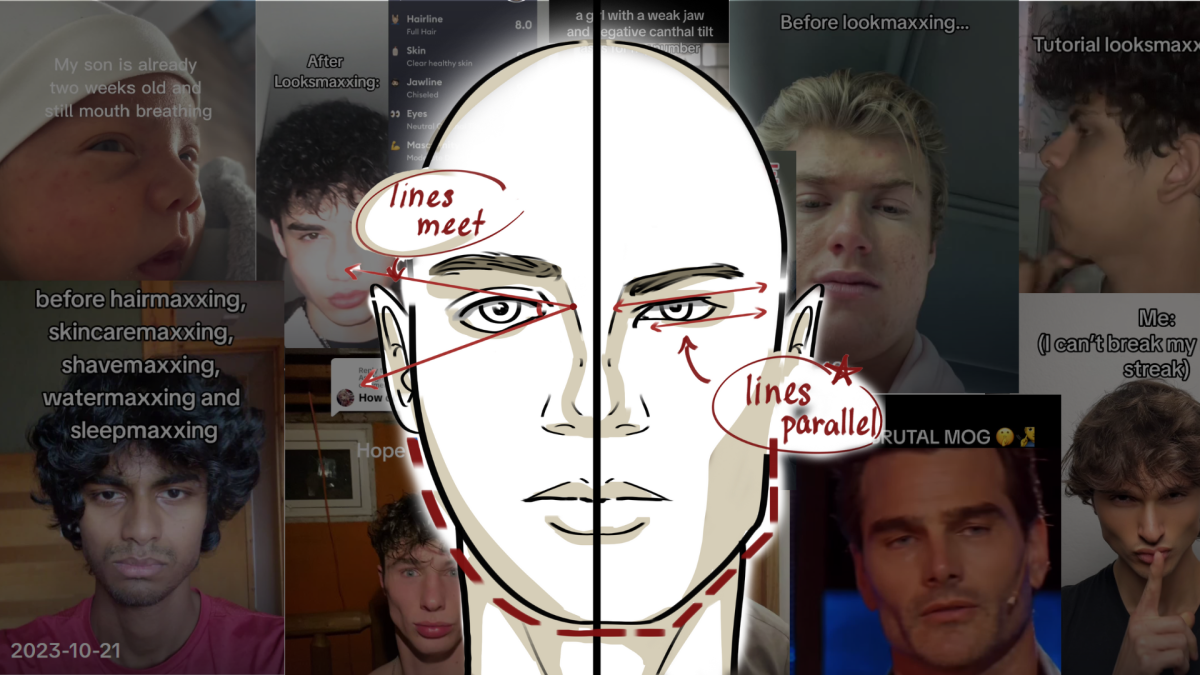

![[OPINION] The dark origins of TikToks looksmaxxing trend](https://www.mvviewer.org/wp-content/uploads/2024/02/Copy-of-Copy-of-Untitled-Design-1200x675.png)
